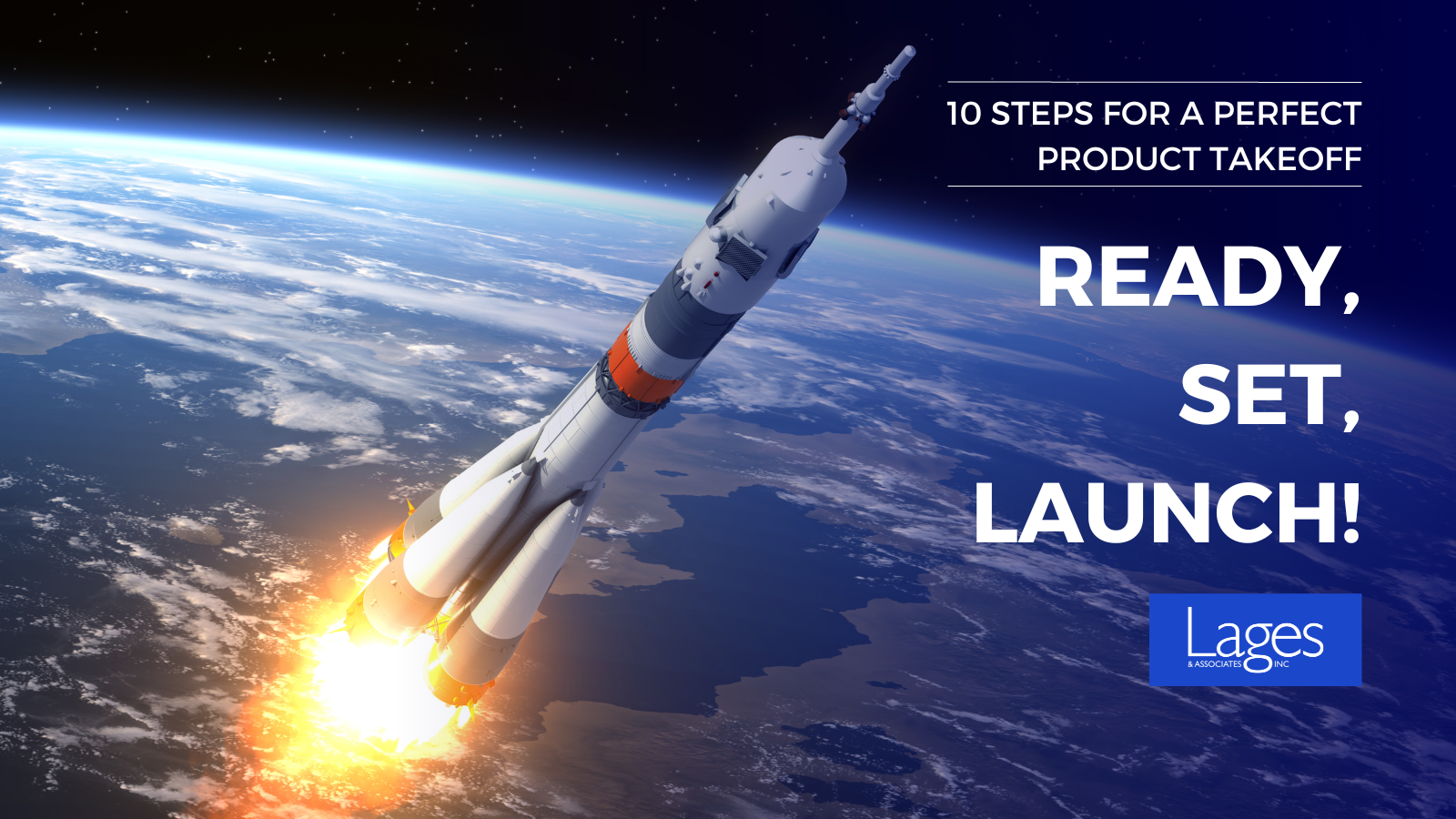If a tree falls in the forest, but there’s no one around to hear it, did it make a sound?
We’ve all heard this old adage at least once or twice, but it definitely bears repeating when it comes to technology product launches. At this very moment, your product team could be hard at work, creating a unique new solution that the world needs to know about. But then what?
Successful product launches don’t just happen overnight – to make a big splash takes careful planning, coordination and buy-in from key constituents. And here’s the thing: you only get one chance to make a good first impression. It doesn’t matter how great a product it is … if no one knows about it, your hopes and dreams of changing the world for the better are dead in the water. PR plays a pivotal role in the launch process – and can mean the difference between success and failure. Read on for 10 steps for a perfect product takeoff.
Planning and Logistics
Step 1 – Time to Plan
As with many things in life, developing a plan ahead of time is paramount to a successful product launch. The PR team should have their own plan including all comms activities and required materials. Then delineate who is responsible for what. Who is the spokesperson? Does that person need media training or message points? These are all factors to take into consideration during the planning process.
Step 2 – The Timeline
Creating a timeline will help alleviate surprises and make sure that all team members know their role and when various elements need to occur. If you have a target launch date in mind, work backwards to make sure there’s enough time to get everything done. Create a calendar or spreadsheet with the key dates and components, then stick to it.
Step 3 – Do Not Be an Island
As part of the plan and timeline development, it’s imperative to coordinate elements of the plan with key members of the team – from product management to sales and marketing. To mitigate mishaps, everyone must be on the same page. Continuous communication is critical.
Step 4 – Media & Analyst Intelligence
Media, industry analysts and other influencers play a substantial role in spreading the word about new products. It’s up to the PR team to do their due diligence ahead of time to determine the right targets. This generally consists of topic and competitor research to ensure that no one important is overlooked.
Implementation
Step 5 – Media & Analyst Relations
Once the targets have been identified, it’s time to go after them! If you’re offering embargos or advance briefings, identify your top-tier contacts then reach out with a teaser about the product to solicit interest. And once the embargo is lifted, reach out to the wider list of contacts to let them know about the product and why they should care.
Step 6 – News Release
The news release is an important tool in product launches. This is your chance to tell the world about the new solution in your own words and to help journalists know how to frame their stories. Think of it as the ultimate source document.
Step 7 – Supporting Collateral
There are often several pieces of supporting collateral to accompany the news release. If your product is technical, there could be a product spec sheet/brief, a solution brief, a feature brief and, in the case of more consumer-facing products, a quick-start guide or instruction booklet. Each of these pieces need to be crafted in advance of the launch and looked at in totality to make sure there are common themes and that message points don’t contradict each other. These documents assist journalists in extracting the drill-down speeds and feeds that are typically not included in a news release.
Step 8 – Multi-Media Assets
Nothing paints a picture better than visual assets, which can tell the story without (many) written words. If your product is something that lends itself to a photo (a gadget, chip or hardware appliance, for example) then physical product shots are a must. If your product is software, then screenshots of the interface can also serve in this role. But don’t limit yourself to these! Lifestyle or application shots can be a great supplement to product shots, as can charts or graphs of the product’s performance. Videos can be very powerful, as can infographics. It’s up to the team to decide how to tell the story visually and to allocate the resources to get these assets created in time for the launch.
Step 9 – Online Press Kit
Many of us remember the days when press kits were of the hard copy variety – but just because hard copy press kits are passe doesn’t mean that press kits should go by the wayside. Simply make the press kit digital and share the link with media and analysts for them to use at will. News releases, collateral, multi-media assets, backgrounders, quote sheets, etc. can all go into an online press kit.
Step 10 – Promotion
After you’ve gone through each of the above steps, now it’s time for the fun part … promotion! This can take a number of forms … social media, newsletters, e-mail blasts to partners and customers, banners on the company website, and so on. Got a great review or article about the new product? Share it! Secured an awesome testimonial from a beta user? Tell the world! This is your chance to leverage all of your hard work and present it in an interesting way. The more third-party endorsement you have, the better.
That’s a Wrap
Product launches don’t have to be a daunting task. With the right amount of research, planning and execution, they can actually be quite fun. Got a product launch on the horizon and not sure how to get started? Reach out to us and we’ll get you on your way to making a splash.

